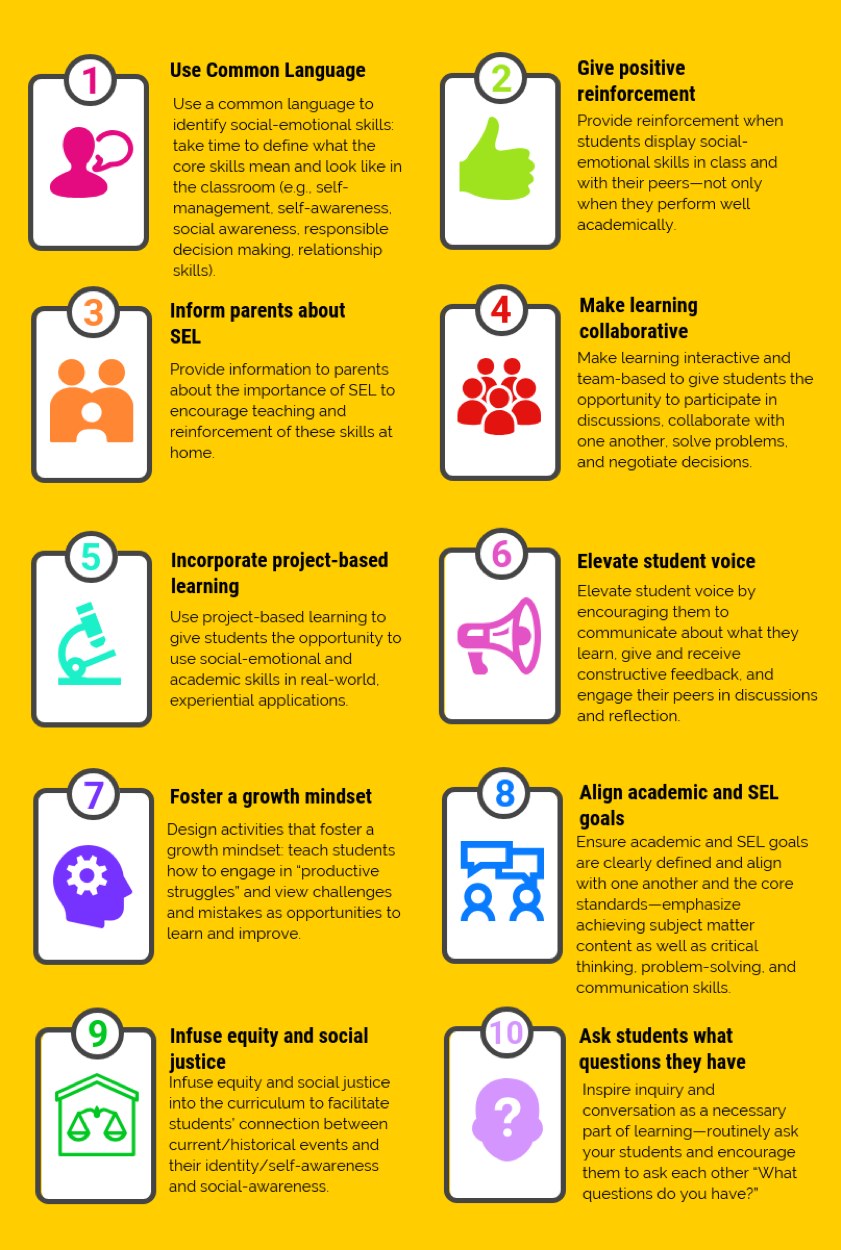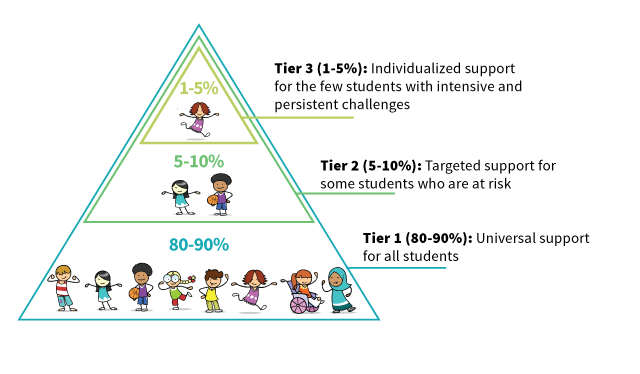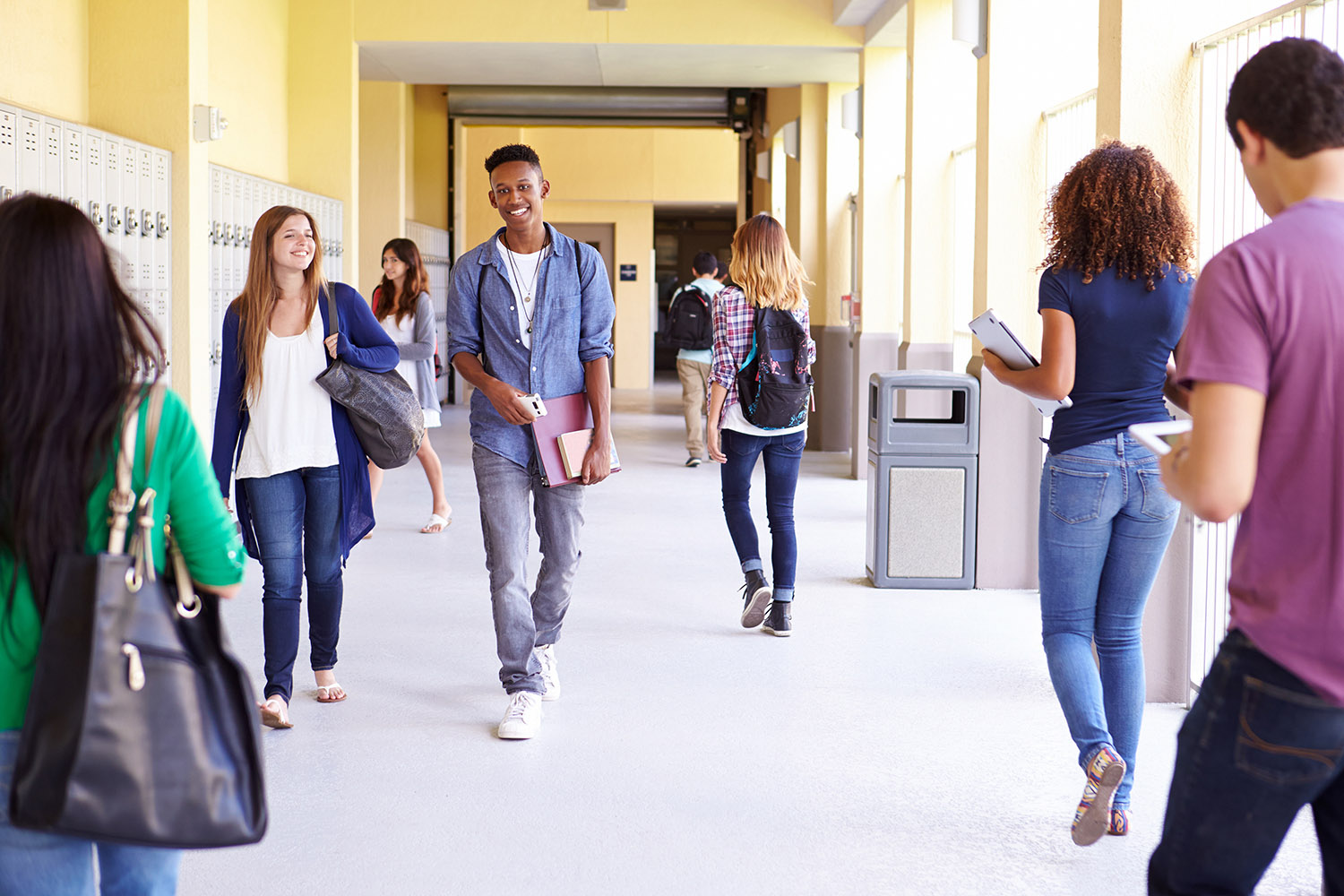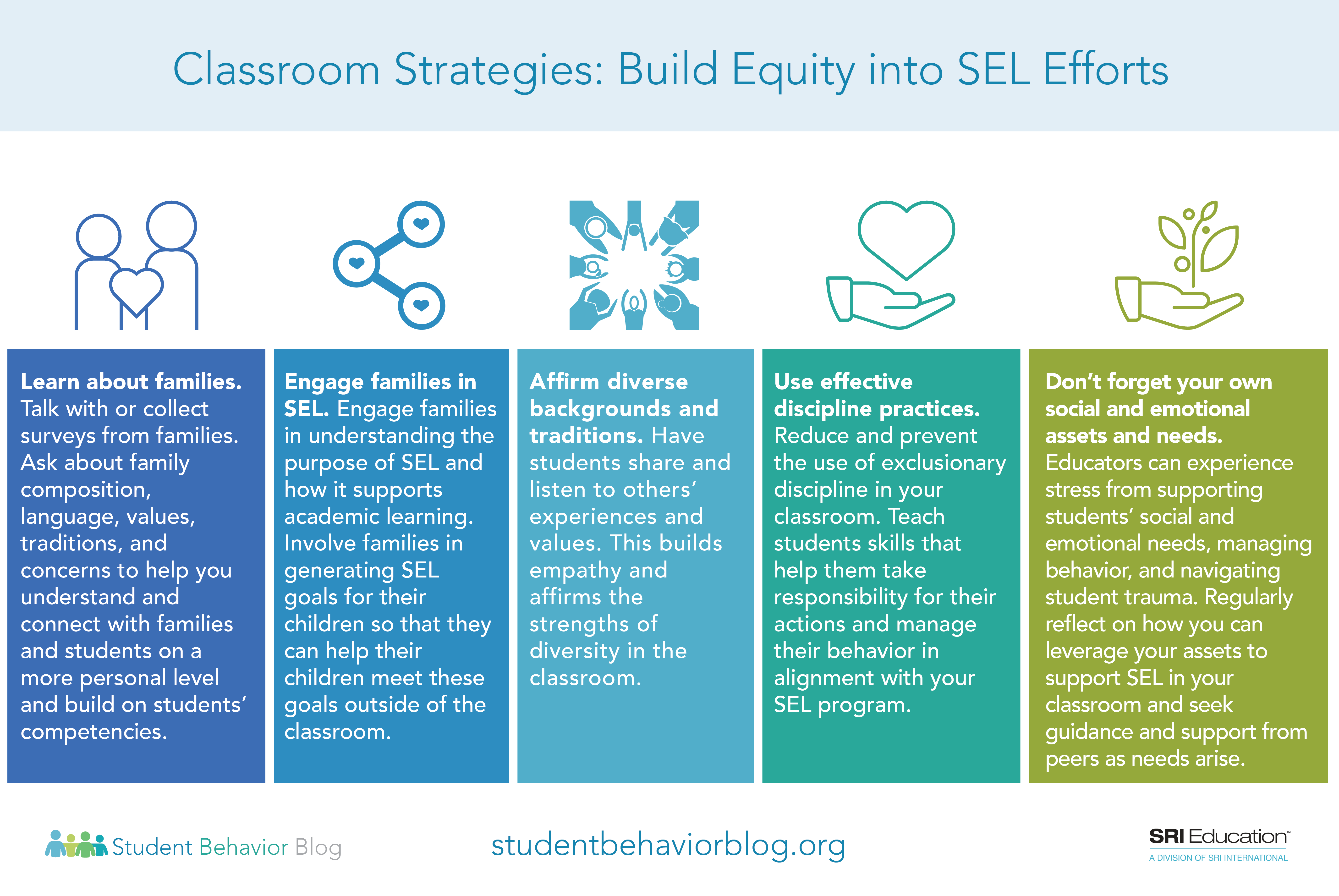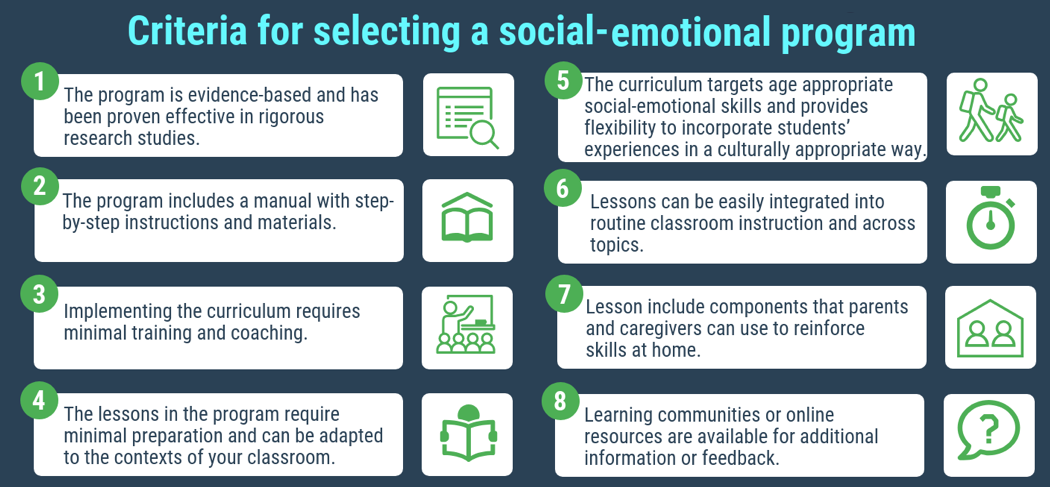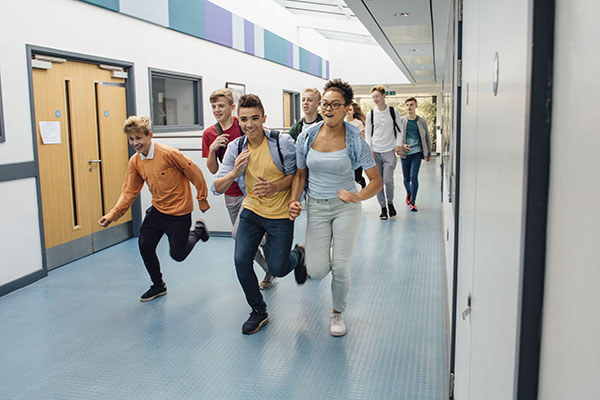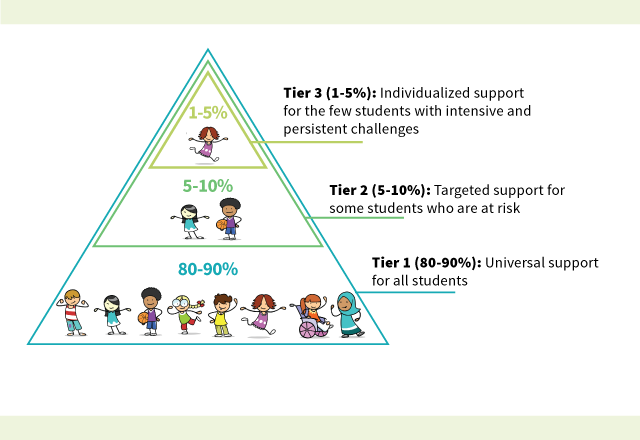One approach to teaching social-emotional skills in the classroom is to integrate SEL into everyday academic instruction. Rather than teach social-emotional skills independently of academic skills, many teachers and administrators are trying to implement SEL throughout the school day. Here are several useful strategies identified in these resources that teachers can use to incorporate SEL … Continue reading Strategies for incorporating SEL into instruction
MTSS stands for multi-tiered systems of support. It is a framework to provide academic and behavioral supports for all students based on their individual needs. Because different students have different strengths and needs, tailored levels of support are more likely to help them succeed in school. Content excerpted from our blog post, Multi-tiered frameworks: Understanding … Continue reading Multi-Tiered Systems of Support pyramid
Acts of violence at school place pressure on educators and school leaders to better ensure the safety of their students. A comprehensive approach addresses school climate, student mental health programs, strategies to prevent violence, and physical security mechanisms. Our research has identified several promising practices to help keep students emotionally and physically safe at school.
We expect teachers to handle a lot: create engaging learning experiences, differentiate instruction based on student needs, manage behavior, motivate students to learn, and tackle persistent gaps and inequities. More and more, teachers are meeting this challenge by embracing social-emotional learning (SEL), which can support academic learning, teach and reinforce positive behavior, motivate students to … Continue reading Want to build an equitable classroom? Start with social-emotional learning (SEL)
When you really want to focus on social-emotional learning (SEL): Selecting a standalone SEL program
Standalone social-emotional learning (SEL) programs are helpful tools for teachers who want to build students’ social-emotional skills in the classroom setting. However, it can be challenging to select an appropriate, practical, and effective classroom-wide curriculum that will work for all students. We have simplified the process to help teachers and other practitioners make a well-informed decision.
Although most teachers recognize the importance of teaching social-emotional skills, many are also concerned about having time to fulfill their other responsibilities. Here we highlight one approach to teaching social-emotional skills in the classroom: incorporating social-emotional learning (SEL) into everyday academic instruction.
Students learn best when a school establishes clear and consistent school-wide expectations for behavior. Establishing school-wide rules and routines can help prevent challenging behavior or negative incidents from occurring in the first place. Foundations is one example of a program that addresses school climate and safety by promoting positive discipline policies.
Research has shown that a positive school climate is greatly beneficial for both students and educators. A positive school climate includes three main components: Engagement, Safety, and Environment. School climate measures can help educators, parents, and the community understand perceptions, set appropriate goals, identify priorities, and make decisions.

